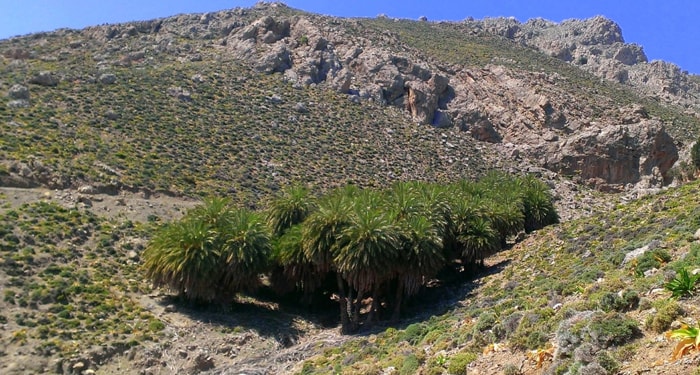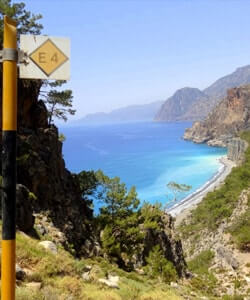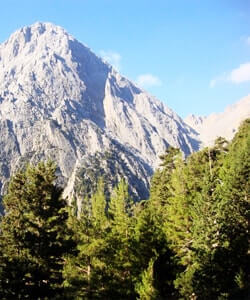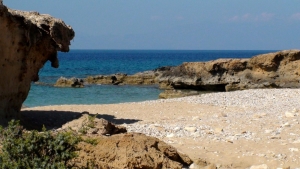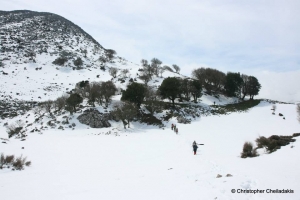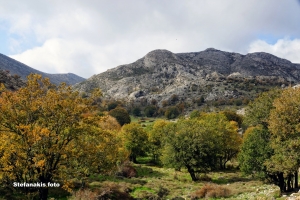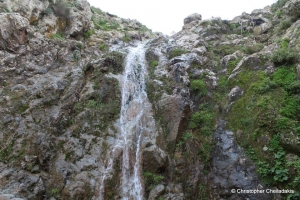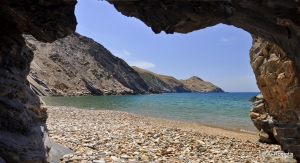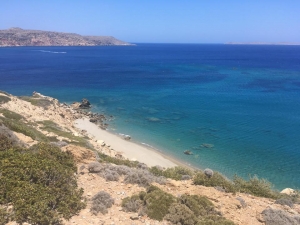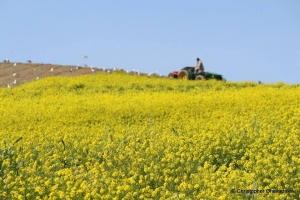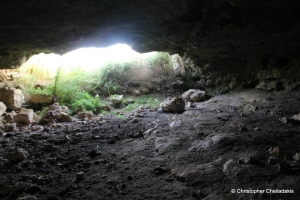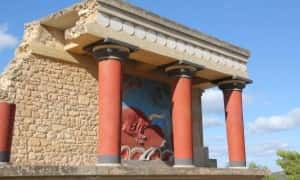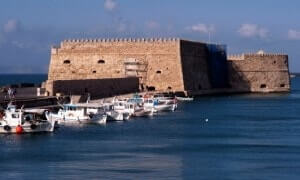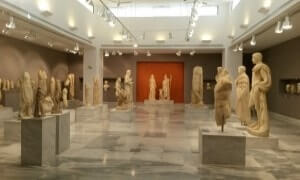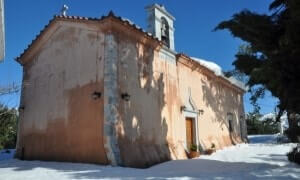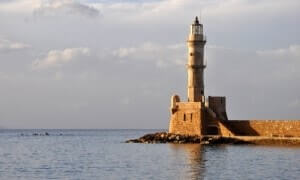While hiking from Sarakiniko bay to the most famous beach of Gavdos, namely Agiannis, you will meet the small and serene beach of Fetife(s) at location Karediana. Next to it there is a small tavern and the last point where you can reach by car. The beach is formed at the exit of the small stream of Agios Pavlos, in which small ponds are formed in winter.
Mega Oros (ie. big mountain) by Askyfou is one of the peaks of the eastern part of the White Mountains in the cluster of Agathes. It has an altitude of 1181 meters and is located near the location Akones, above Imbros. Mega Oros offers a unique view of the plateau Askyfou and the central core of the White Mountains on the west.
Southeast of the Monastery of Arkadi on the western slopes of Psiloritis, the wood Aravanes is formed which climbs up to the peak of Mygia. Access is possible through rough dirt roads that start from Ancient Eleftherna or west of Arkadi Monastery, which owns large areas here.
To the north side of Asterousia Range, south of Heraklion, on the road heading from Rotasi to Ethia meet waterfall Riktra. Riktra is actually a series of four consecutive waterfalls with very easy access from the road. During winter a little higher from the point where the waterfalls are created, springs shape a small stream that shortly, after the waterfalls, meets the long river Anapodaris.
Dafnorouma beach is located in a hard to reach area between Bali and Skepasti, province Mylopotamos. The name Dafnorouma comes after the words daphne (Nerium oleander) and rouma (stream). It is named after the hundreds of oleanders found in the stream that ends up in the sea.
Between the palm forest in Vai and the beaches of ancient Itanos the small beach in Voulismata is formed. Voulismata is the most remote beach in the area and you will almost never find anyone here, as the only way of access is to walk alongside the coast and there is no road reaching the beach.
The vrouves is one of the most famous and classic family of greens found in the cultivated fields in the villages of Crete. They sprout everywhere and from ancient times the Cretans consume them. They usually gather the upper part of the plants and eat them boiled with lemon and olive oil, they also use them in pies.
It is located right at the top of the hill but on the south side and not in the north where the excavations are. In front of the entrance there is an ancient stone yard and two large stones playing the role of a door. The cave inside has a spacious hall and is devoid of cave decoration. The large hall is greenish due to moisture. There is a very narrow gallery that led deeper into the mountain which however today is blocked by soil and manure.





